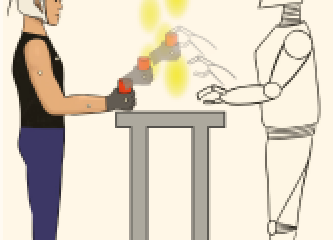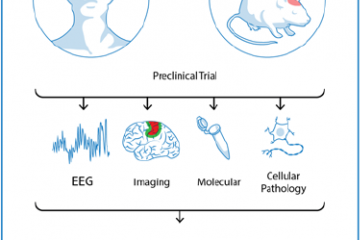Uncategorized
Focus On Cognitive Impairment (FOCI)
This project aims to develop effective methods for early detection of cognitive changes. Using MRI, behavioral measures and our smartphone app, we will develop a computational model that can predict cognitive function from smartphone usage. Read more…












